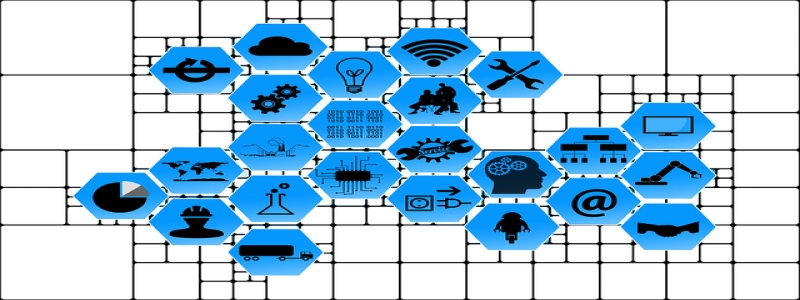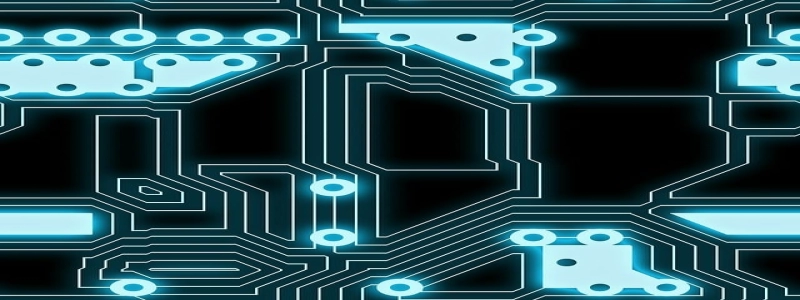Ethernet Cable Anatomy
การแนะนำ
Ethernet cables are an essential component in today’s connected world. They provide the physical connection for transmitting data between devices in a local area network (แลน). ในบทความนี้, we will explore the various parts and features of an Ethernet cable and understand their functions.
ฉัน. Cable Types
Ethernet cables come in different types, each serving a specific purpose. The most common types include:
1. Category 5e (Cat5e) – Suitable for most home networks and small businesses.
2. หมวดหมู่ 6 (Cat6) – Provides enhanced performance for larger networks or higher transmission speeds.
3. Category 6a (Cat6a) – Offers even higher performance and is often used in data centers and enterprise networks.
ครั้งที่สอง. Cable Construction
Ethernet cables consist of several components, each playing a crucial role in data transmission. These components include:
1. Conductors – Inside the cable, multiple twisted pairs of copper wires act as conductors. The number of pairs may vary depending on the cable type.
2. Insulation – The conductors are insulated using a plastic material, typically polyethylene (PE) or polyvinyl chloride (PVC). The insulation prevents electrical interference and ensures signal integrity.
3. Shielding – Some Ethernet cables feature an additional shielding layer. This shielding reduces electromagnetic interference (EMI) and crosstalk between adjacent pairs of wires.
4. Jacket – The outer layer of the cable is called the jacket. It provides protection against physical damage, moisture, and other environmental factors.
สาม. Connectors
Ethernet cables are equipped with connectors on both ends, allowing them to be easily plugged into devices. The most common connector types are:
1. RJ-45 – This is the standard connector used in most Ethernet cables. It features eight pins arranged in a specific pattern that matches the corresponding ports on networking devices.
2. TIA-568A/B – These are two different wiring standards for Ethernet cables. They define the color coding used to terminate the cable’s conductors on the connectors.
IV. Cable Categories
Ethernet cables are categorized based on their transmission performance. The categories indicate the maximum frequency and data rate they can support. The most common cable categories include:
1. Cat5e – Supports data rates up to 1 Gbps and frequencies up to 100 MHz.
2. Cat6 – Supports data rates up to 10 Gbps and frequencies up to 250 MHz.
3. Cat6a – Supports data rates up to 10 Gbps and frequencies up to 500 MHz.
บทสรุป
Understanding the anatomy of an Ethernet cable is important for ensuring proper network connectivity and performance. By choosing the right cable type, construction, and category, you can optimize your network for reliable and fast data transmission. So, next time you are setting up a network or troubleshooting connectivity issues, remember to consider the different components and features of Ethernet cables.








